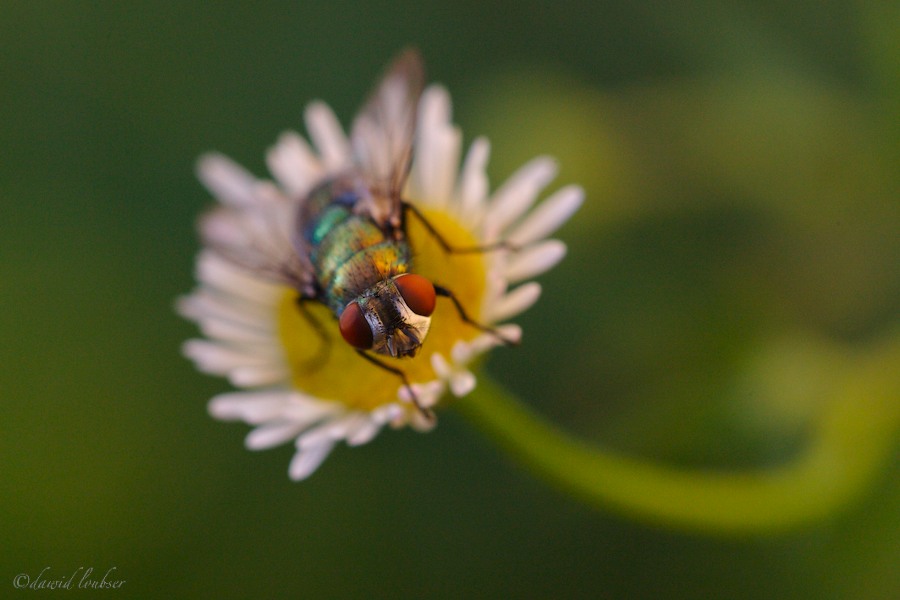Dawid Loubser
Member
I wanted to ask this in my earlier thread about the cranefly, but I thought this warrants a discussion in itself. There appears to be two schools of though around depth of field when shooting insects: Some people dismiss a "nature" image outright if the entire subject is not in focus (some magazines around here are very prone to this) whereas others are more tolerant.
Since I do not have a flash, and yet I love doing macro photography, I am always forced to use reasonably large apertures (at 1:1 on a 100mm lens, even f/10 is considered large). Luckily I do not shoot Macro commercially, as I can see the rationale of always controlling 100% of the image yourself with a good Macro flash, but I am more concerned from the artistic perspective here: What do you typically consider (or what is your approach to achieve) a pleasing macro image when there is limited DOF?
As examples, I post here the most boring kind of subject (the ubiquitous fly) to remove any bias as to the subject. The first one is my earlier cranefly:

The second one, a housefly sitting outside right after a vicious thunderstorm in the late afternoon, everything was wet and the sun was peeking through the clouds, creating beautiful warm light:

In the first one, the environment is still a strong component of the image (though a shallow depth of field largely blurs it), and indeed the reason why it's an interesting image in my opinion. In the second one, I tried to completely eliminate the environment, to almost produce a dream-like state.
Just as with most other living things, I've found that if you don't focus on the insect's eyes, the image is not interesting. Why is this the case? Does our instinct to seek emotion, to connect with our subject, even apply to these miniature machine-like beings? Does anybody have interesting Macro insect shots to post where the eyes are not the subject of focus? (please share them!)
Since I do not have a flash, and yet I love doing macro photography, I am always forced to use reasonably large apertures (at 1:1 on a 100mm lens, even f/10 is considered large). Luckily I do not shoot Macro commercially, as I can see the rationale of always controlling 100% of the image yourself with a good Macro flash, but I am more concerned from the artistic perspective here: What do you typically consider (or what is your approach to achieve) a pleasing macro image when there is limited DOF?
As examples, I post here the most boring kind of subject (the ubiquitous fly) to remove any bias as to the subject. The first one is my earlier cranefly:

The second one, a housefly sitting outside right after a vicious thunderstorm in the late afternoon, everything was wet and the sun was peeking through the clouds, creating beautiful warm light:

In the first one, the environment is still a strong component of the image (though a shallow depth of field largely blurs it), and indeed the reason why it's an interesting image in my opinion. In the second one, I tried to completely eliminate the environment, to almost produce a dream-like state.
Just as with most other living things, I've found that if you don't focus on the insect's eyes, the image is not interesting. Why is this the case? Does our instinct to seek emotion, to connect with our subject, even apply to these miniature machine-like beings? Does anybody have interesting Macro insect shots to post where the eyes are not the subject of focus? (please share them!)









